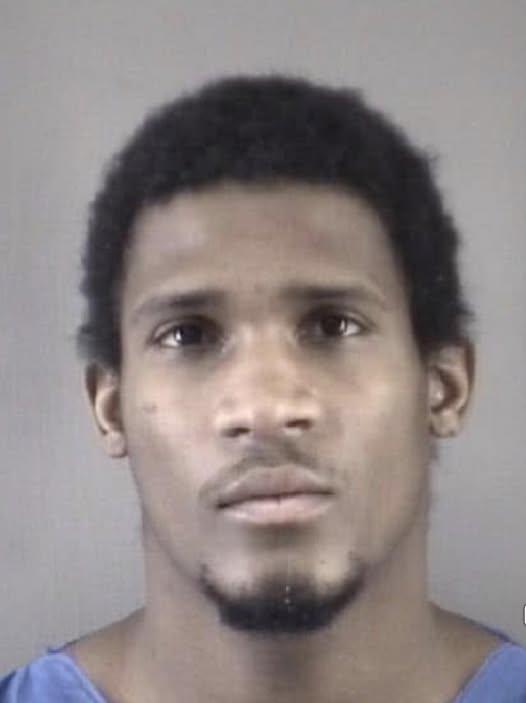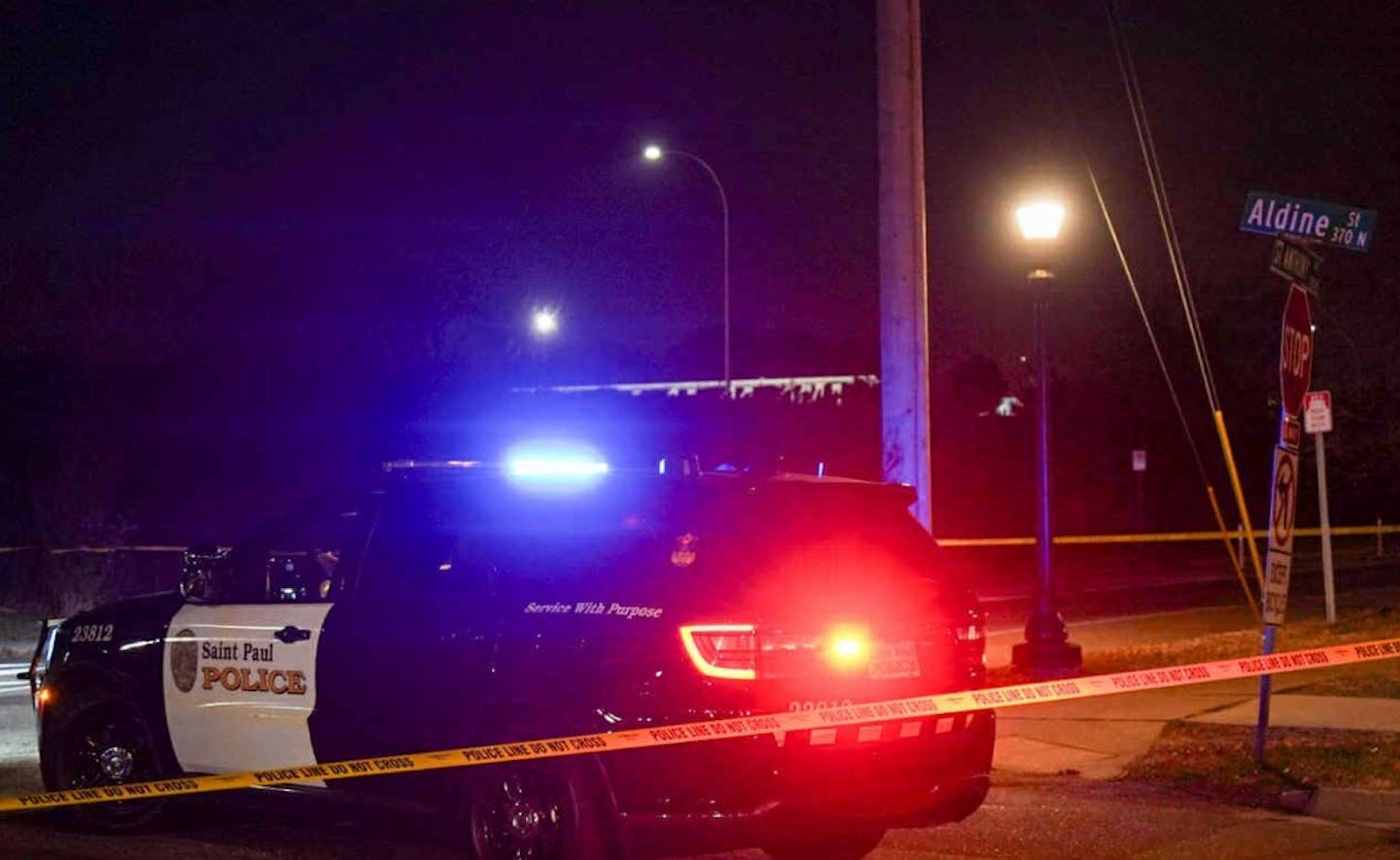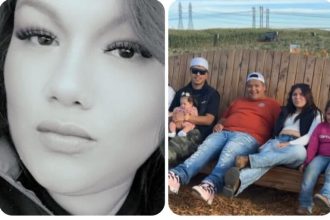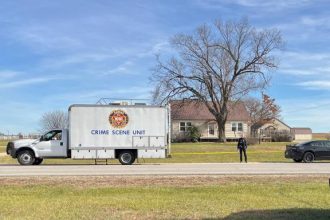The city of Winston-Salem woke up to heartbreaking news after a pedestrian crash on Peters Creek Parkway claimed the life of 30-year-old Muhammad Shaffi Lawrence. First responders pronounced Lawrence dead at the scene after the collision, leaving neighbors, friends, and strangers shaken by how suddenly a life was lost on a stretch of road many of us pass without thinking twice.
Police say the crash happened in the southbound lanes of Peters Creek Parkway and that their preliminary investigation suggests Lawrence moved from the median into traffic just before he was hit. Witnesses and officials described the scene as chaotic and quiet all at once — a car stopped, a person fallen, and the city’s emergency crews working under the amber glow of streetlights.



It was dark at the time, and authorities reported Lawrence was wearing dark clothing, details that investigators say likely made him difficult for the driver to see. The driver remained at the scene, was not injured, and cooperated with police as they collected statements and evidence. Those immediate facts have helped law enforcement piece together the moments before the impact, though questions about exactly what happened remain.
For a city that holds little rituals of neighborliness — a morning coffee on the porch, a quick wave while walking a dog — the loss has landed heavily. People who knew him are using social media and small, stunned gatherings to share memories of Lawrence: quick smiles, a familiar presence, the ordinary gestures that make someone part of a neighborhood’s fabric. Those personal notes are the first, human response when official reports end and grief begins. (Local outlets confirmed his identity and age in posting the official details.)
Traffic investigators say they’ll continue to examine the scene, review any available camera footage, and speak with witnesses to make sure the timeline is clear. As is standard in these cases, investigators are trying to determine whether any contributing factors — speed, lighting, road design, driver distraction, or pedestrian movement — played a role, and to make recommendations so other families don’t have to learn this kind of lesson the hard way.
Community leaders and ordinary residents are already raising the practical question that follows too many headlines: what can be done to make Peters Creek Parkway and roads like it safer at night? Calls for better lighting, clearer crosswalks, and public reminders about visibility are bubbling up alongside grief. People are not only mourning Lawrence, they’re asking how to prevent the next tragedy — a conversation born of sorrow but aimed at practical change. (Police have asked anyone with information to contact investigators.)
At the center of all the policy talk is a single, human hole left by Lawrence’s absence. Friends and acquaintances speak of him in short, simple phrases — “he was kind,” “always around,” “so young” — the kinds of words that don’t explain what happened but remind us that every statistic is a person with a life. Those recollections are what will shape the community’s remembrance in the coming days: small gatherings, remembrances online, and the private rituals families perform in grief.
As investigators finish their initial on-scene work and the community gathers to mourn, one thing is clear: a routine stretch of road has become a place of loss, and Winston-Salem is thinking about how to honor a life cut short while trying to keep others safe. Those who witnessed the crash or have information have been asked to contact the Winston-Salem Police Department so the facts are fully known and Lawrence’s family can have answers.



